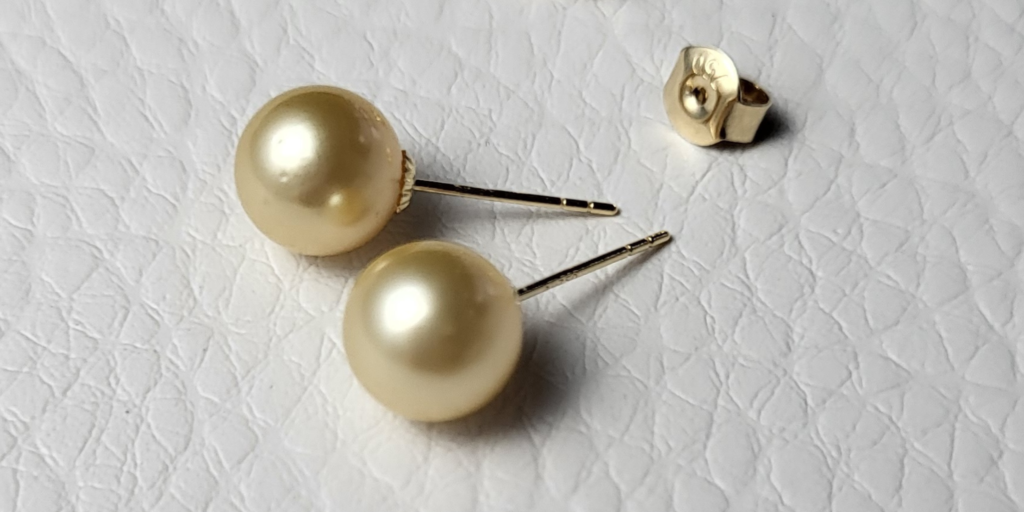At Pearl Atelier in Haifa, Israel, we craft stunning jewelry using cultured pearls. But what exactly does “cultured” mean? And how does it differ from a natural pearl? Let’s break it down.
Natural Pearls: A Rare Gift From Nature
Natural pearls form by chance. When an irritant, like a grain of sand, slips into an oyster, the oyster coats it with nacre. Over years, this process creates a pearl—purely by accident. Because they’re so rare, natural pearls fetch high prices. However, overfishing has made them nearly extinct today.
Cultured Pearls: Nature With a Helping Hand
Cultured pearls, on the other hand, get a nudge from humans. At Pearl Atelier, we use expertly cultivated Akoya, South Sea (white and golden), and Arabic pearls grown on a pearl farm in the Persian Gulf. Farmers insert a small bead or tissue into the oyster, sparking nacre production. Then, nature takes over. After months or years, the farmer harvests a lustrous pearl.
Why Choose Cultured Pearls?
Cultured pearls offer consistency and variety. Unlike natural pearls, we can control their size, shape, and color. Plus, they’re more sustainable. At Pearl Atelier, we pair these gems with luxurious au750 settings for traditional elegance. Still, they cost less than natural pearls, making their beauty accessible.

Traditional
South Sea Pearls
Crafted for traditional elegance
The Verdict
So, natural pearls are wild and rare, while cultured pearls blend human skill with nature’s essence. Both shine, but cultured pearls dominate today’s market. Curious to learn more? Check out the Gemological Institute of America (GIA) here or explore our classic collection here.
Ready to wear a gem of the sea? Visit PearlAtelier.co—we ship globally!


